Instruction
Fingerprints of your swing: More thoughts from Phil Blackmar (with Tom Stickney)
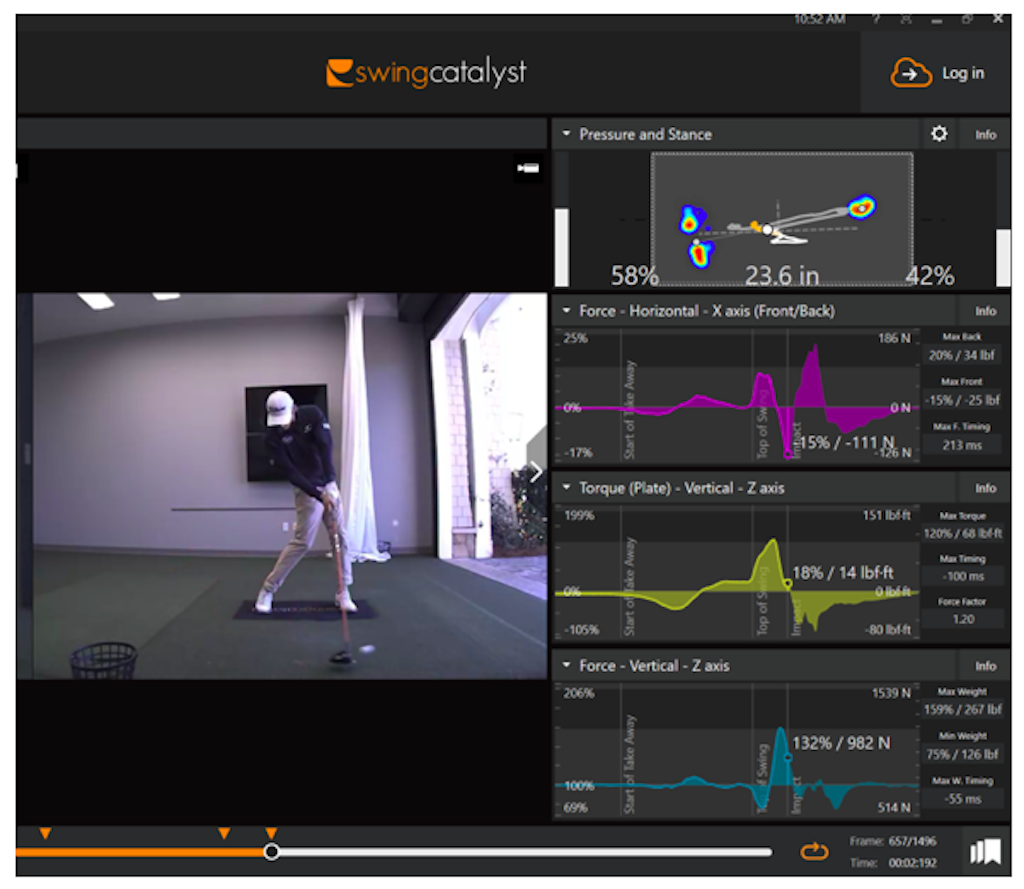
One of the biggest debates in the instructional world is the “way” in which people should use technology within their lessons. Some of the older pros are dead against it and say we have gone too far (Brandel Chamblee). Other pros like to blend feels and science (Phil Blackmar). Finally, some of the pros around think it’s great and wished it was around when they were playing (Frank Noblio). Personally, I think they are all correct!
Mechanics are important. You can’t expect to have the best results possible on the diagnostic end without technology to help you “see” things. On the other end, feels are one of the main tools of concentration used to navigate the course and the multitude of situations which arise. Feels may not be real, as they say, but they are incredibly important.
No two PGA Tour players swing exactly alike. While there are many similarities, every player on tour has learned the value of owning their swing which requires recognizing personal idiosyncrasies. These idiosyncrasies are called Fingerprints.
Phil Blackmar, a long-time PGA Tour Player and multiple winner defines these fingerprints as, “the idiosyncratic motions of the player that binds the swing together under pressure while allowing the player to adjust to any situation.” These fingerprints can be either physical (which we’ll focus on here) or part of the mental game as well.
Fingerprints are the baseline of your personal motion and have several levels. The levels range from aspects of the swing that cannot be changed without risking swing purgatory to ones that may change from week to week or even day to day. Imagine recording these in a notebook to keep them straight and to remember them. Use the first pages to record the permanent fingerprints progressing to the latter pages which relate more to feel keys that change often. Remember, a feel key that ends up lasting a long time may be transferred to a more permanent notebook location.
So, let’s dive in further on Phil’s fingerprints and seed how valuable they can be to you and I as we grow and mature as players.
Notebook Page One
Things that never change and are the backbone of the player’s swing.
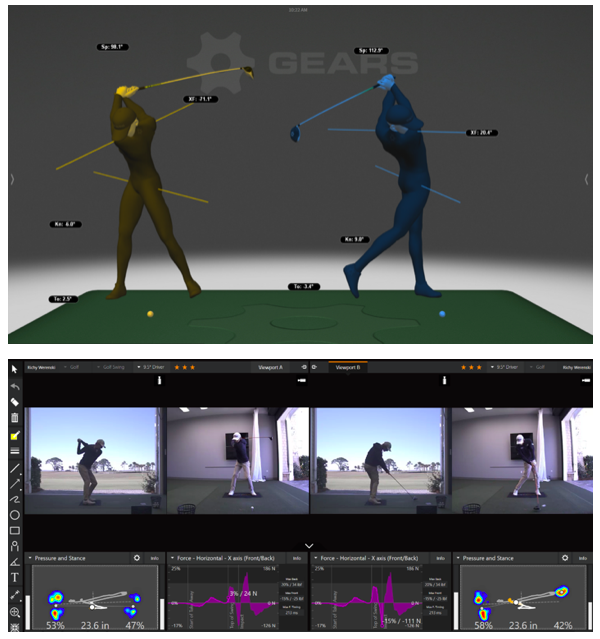
- You must turn back and forth during the swing
- There is movement of the pressure back and forth from foot to foot
- The clubshaft returns to impact as a solid unit on the lead side to compress the ball.
- The rear hip stays on or inside the rear foot.
- The swing happens in a sequence, turn, turn swoosh. Following the initiation of the second
- turn, the club swings into impact where it makes a swoosh.
These are the simple ones that all great players possess, but what about page number two? Page two is very important. It is like your personal swing DNA that encodes the things that make your swing unique to you. Care must be taken if changing a fingerprint because it can cost the player his or her swing personality. If this is lost, so too is the game as seen in several instances on the PGA tour.
Notebook Page Two
Things that rarely change and give the player their distinctive look
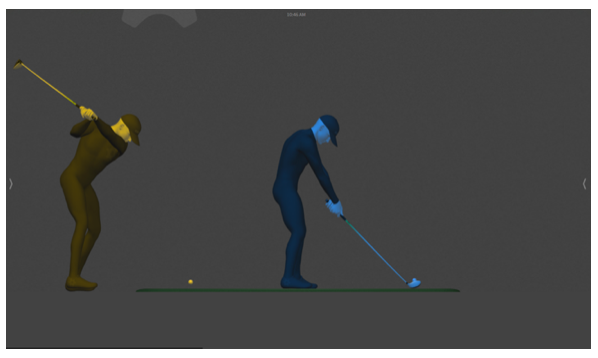
Here we have Jon Rahm at the top of the backswing and Bryson at address, which are both very unique. Imagine Rahm trying to stand to the ball like Bryson or Bryson with Rahm’s short laid-off backswing. That would be a disaster for them both just like Rahm will never swing it back like Daly or Adam Scott and Bryson will never lower his hands at address like Fuzzy.
You can try and alter things to see if they work better. But, this is where the instructor must respect the feels of the player because such changes may be going up against the player’s unique DNA or fingerprint. It should be a shared journey of discovery between the player and the instructor.
In fact, Justin Rose said this about his own swing while working with Sean Foley:
“My normal MO would be to get the club into a very toe-down position at the top of my backswing and I would have to work hard to square the face at impact. As a young player, this was a way of creating speed. Because of that, my head tends to stay back through impact as well. But those are my traits and the ones I’ve had a really hard time getting rid of, but in some ways they’re my talent. This is how I play golf. I’m not a guy who is closed and super-strong at the top of the backswing and that holds the face very passive through impact, and thankfully Sean understood that and didn’t try and change it.”
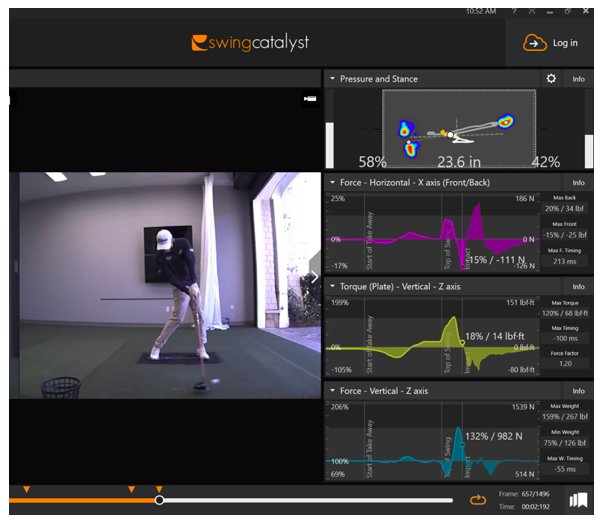
Notebook Page Three
Fundamentals that can become fractionally more malleable
These could include such swing aspects as grip, ball position, alignment, width of stance, distance from the ball, club face orientation etc. Remember, just because something looks different or odd it is not necessarily a flaw. While it could be, it also could be a fingerprint so take care in making changes.
So let’s look at this sample swing from this player and see how Page Three would operate.
Everything looks pretty good, but let’s say we (both the player in instructor) felt like he was leaving some power behind and we decided to audit his force production on Swing Catalyst. And as we see above the horizontal force isn’t quite as strong as it should be.
Next, we check GEARS to see what is going on with how he moves his pelvis.
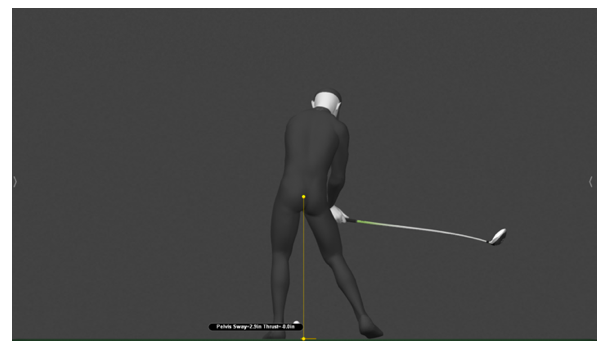
We see that his pelvis has just traveled a few inches forward by this point in his swing and that’s the root of his horizontal force problem. Too little movement too late in the downswing. (3D Rocks!)
Question though?? Could we make his horizontal force grow and peak earlier for added power? We could try, but would that necessarily make this player better? The only way we could find out is to test it subtly and see what happens. As a teacher, however, I will tread lightly because this appears so natural to this player.
Page Four of the Notebook
Things that can change from week to week or even day to day.
These are the carrots of knowledge or epiphanies which you discover in the middle of the night, on the range during warm-up, on the course and so on. These can be very powerful and can turn a bad day into good, a good day into better or just salvage a round. Great players are experts and limiting damage until they can find a feel key to get them to the house so they live to fight another day.
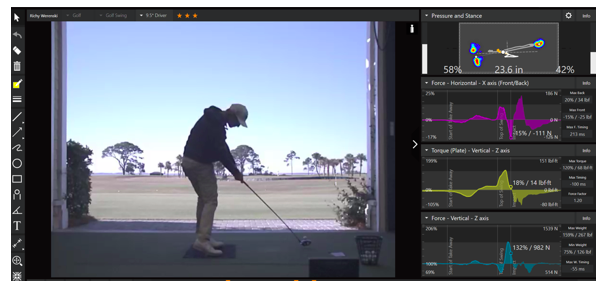
Picture this player struggling with shots hanging right.
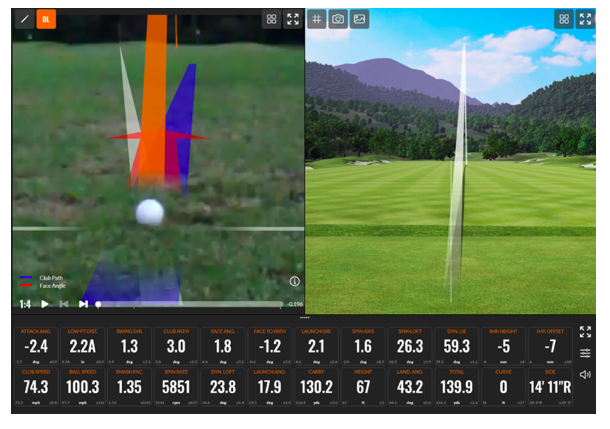
We audit TrackMan to see what is happening we find the path and face are fine but the player is catching the ball off of the heel. This ball should have been a wonderful push draw that we like to see but the heel strike countered it and made the ball hang out to the right.

So as we go back and reflect on our notebook, this isn’t a major issue so let’s think about a simple swing key that would help this player without reinventing the wheel.
Is it a page one fingerprint issue- No?
Is it a page two fingerprint issue- No?
It appears to be a page four issue where the player simply needs to focus more on balance and make contact with the intent of finding the middle of the face. So, we experiment with a couple feels and find if he keeps his balance over the middle of his feet rather than toes, the heel shot goes away.
So, this player hits balls and says, “YES, I have it…I’ll just wiggle my toes at address and it will remind me to stay back more towards my heels.” This is an example of opening your notebook and making sure you don’t go off on a tangent trying to fix major things when a simple thought could help. Consistency is born in simplicity, not complexity.
Today it will be wiggling the toes, two days from now it might be focus on hitting the center of the blade, and next week it might be something as radical as “X.” The bottom line is that if items on the first pages of the notebook haven’t changed, then the answer can usually be found in a simple manner.
Concentration, the topic of another blog, uses subconscious pictures and feels to remember the shot before the swing begins. It’s a process that is most efficient with narrow focus rather than multiple concerns. The player who, on the course, can narrow focus while remaining calm, remember the shot prior to swinging, and swing with certainty, is the player most likely to excel in all situations. Mechanics and feels must walk the fairways together.
- LIKE10
- LEGIT2
- WOW1
- LOL0
- IDHT1
- FLOP0
- OB0
- SHANK1
Instruction
The Wedge Guy: The easiest-to-learn golf basic
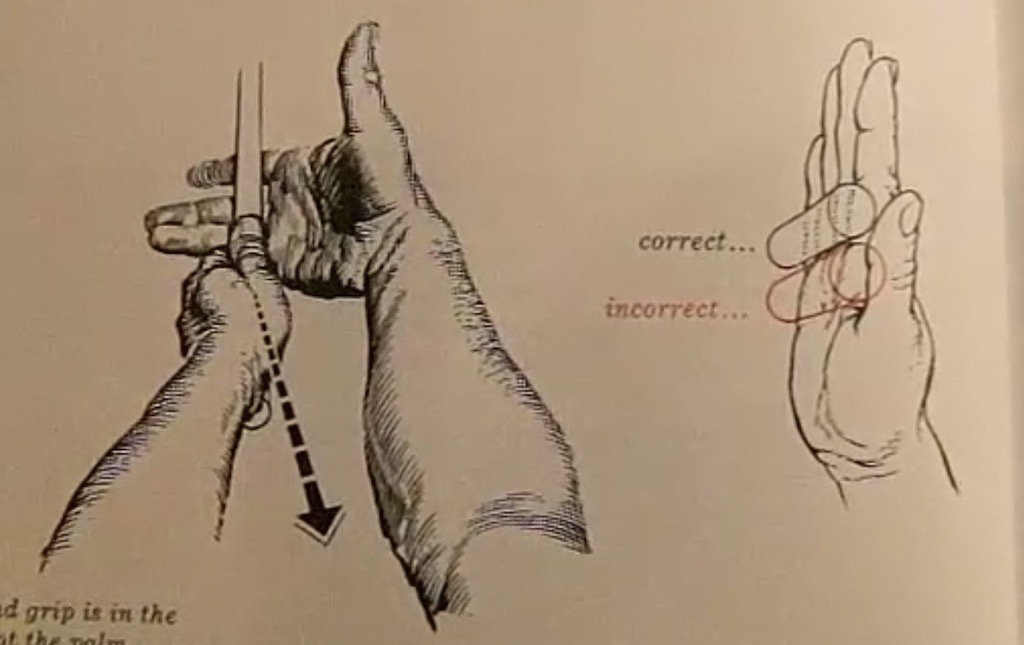
My golf learning began with this simple fact – if you don’t have a fundamentally sound hold on the golf club, it is practically impossible for your body to execute a fundamentally sound golf swing. I’m still a big believer that the golf swing is much easier to execute if you begin with the proper hold on the club.
As you might imagine, I come into contact with hundreds of golfers of all skill levels. And it is very rare to see a good player with a bad hold on the golf club. There are some exceptions, for sure, but they are very few and very far between, and they typically have beat so many balls with their poor grip that they’ve found a way to work around it.
The reality of biophysics is that the body moves only in certain ways – and the particulars of the way you hold the golf club can totally prevent a sound swing motion that allows the club to release properly through the impact zone. The wonderful thing is that anyone can learn how to put a fundamentally sound hold on the golf club, and you can practice it anywhere your hands are not otherwise engaged, like watching TV or just sitting and relaxing.
Whether you prefer an overlap, interlock or full-finger (not baseball!) grip on the club, the same fundamentals apply. Here are the major grip faults I see most often, in the order of the frequency:
Mis-aligned hands
By this I mean that the palms of the two hands are not parallel to each other. Too many golfers have a weak left hand and strong right, or vice versa. The easiest way to learn how to hold the club with your palms aligned properly is to grip a plain wooden ruler or yardstick. It forces the hands to align properly and shows you how that feels. If you grip and re-grip a yardstick several times, then grip a club, you’ll see that the learning curve is almost immediate.
The position of the grip in the upper/left hand
I also observe many golfers who have the butt of the grip too far into the heel pad of the upper hand (the left hand for right-handed players). It’s amazing how much easier it is to release the club through the ball if even 1/4-1/2″ of the butt is beyond the left heel pad. Try this yourself to see what I mean. Swing the club freely with just your left hand and notice the difference in its release from when you hold it at the end of the grip, versus gripping down even a half inch.
To help you really understand how this works, go to the range and hit shots with your five-iron gripped down a full inch to make the club the same length as your seven-iron. You will probably see an amazing shot shape difference, and likely not see as much distance loss as you would expect.
Too much lower (right) hand on the club
It seems like almost all golfers of 8-10 handicap or higher have the club too far into the palm of the lower hand, because that feels “good” if you are trying to control the path of the clubhead to the ball. But the golf swing is not an effort to hit at the ball – it is a swing of the club. The proper hold on the club has the grip underneath the pad at the base of the fingers. This will likely feel “weak” to you — like you cannot control the club like that. EXACTLY. You should not be trying to control the club with your lower/master hand.
Gripping too tightly
Nearly all golfers hold the club too tightly, which tenses up the forearms and prevents a proper release of the club through impact. In order for the club to move back and through properly, you must feel that the club is controlled by the last three fingers of the upper hand, and the middle two fingers of the lower hand. If you engage your thumbs and forefingers in “holding” the club, the result will almost always be a grip that is too tight. Try this for yourself. Hold the club in your upper hand only, and squeeze firmly with just the last three fingers, with the forefinger and thumb off the club entirely. You have good control, but your forearms are not tense. Then begin to squeeze down with your thumb and forefinger and observe the tensing of the entire forearm. This is the way we are made, so the key to preventing tenseness in the arms is to hold the club very lightly with the “pinchers” — the thumbs and forefingers.
So, those are what I believe are the four fundamentals of a good grip. Anyone can learn them in their home or office very quickly. There is no easier way to improve your ball striking consistency and add distance than giving more attention to the way you hold the golf club.
More from the Wedge Guy
- The Wedge Guy: Golf mastery begins with your wedge game
- The Wedge Guy: Why golf is 20 times harder than brain surgery
- The Wedge Guy: Musings on the golf ball rollback
- LIKE83
- LEGIT13
- WOW5
- LOL1
- IDHT0
- FLOP4
- OB1
- SHANK8
Instruction
Clement: Stop ripping off your swing with this drill!
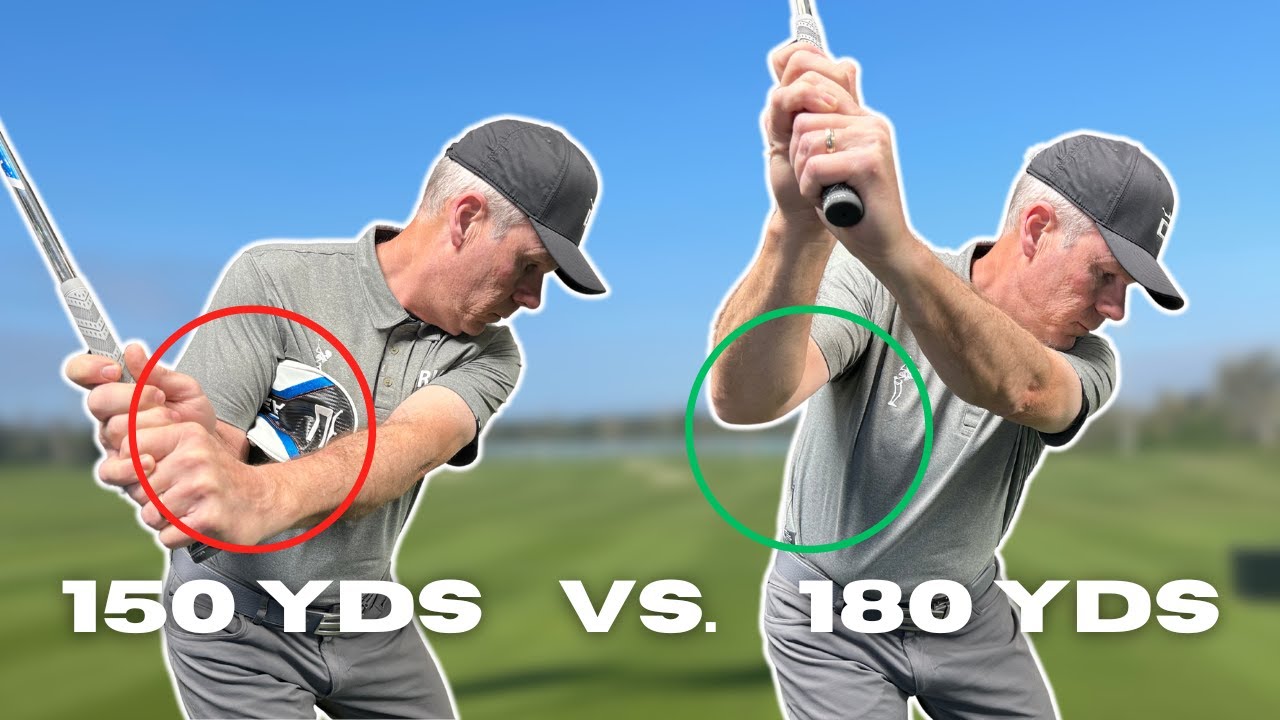
Not the dreaded headcover under the armpit drill! As if your body is defective and can’t function by itself! Have you seen how incredible the human machine is with all the incredible feats of agility all kinds of athletes are accomplishing? You think your body is so defective (the good Lord is laughing his head off at you) that it needs a headcover tucked under the armpit so you can swing like T-Rex?
- LIKE0
- LEGIT2
- WOW2
- LOL0
- IDHT0
- FLOP0
- OB0
- SHANK2
Instruction
How a towel can fix your golf swing
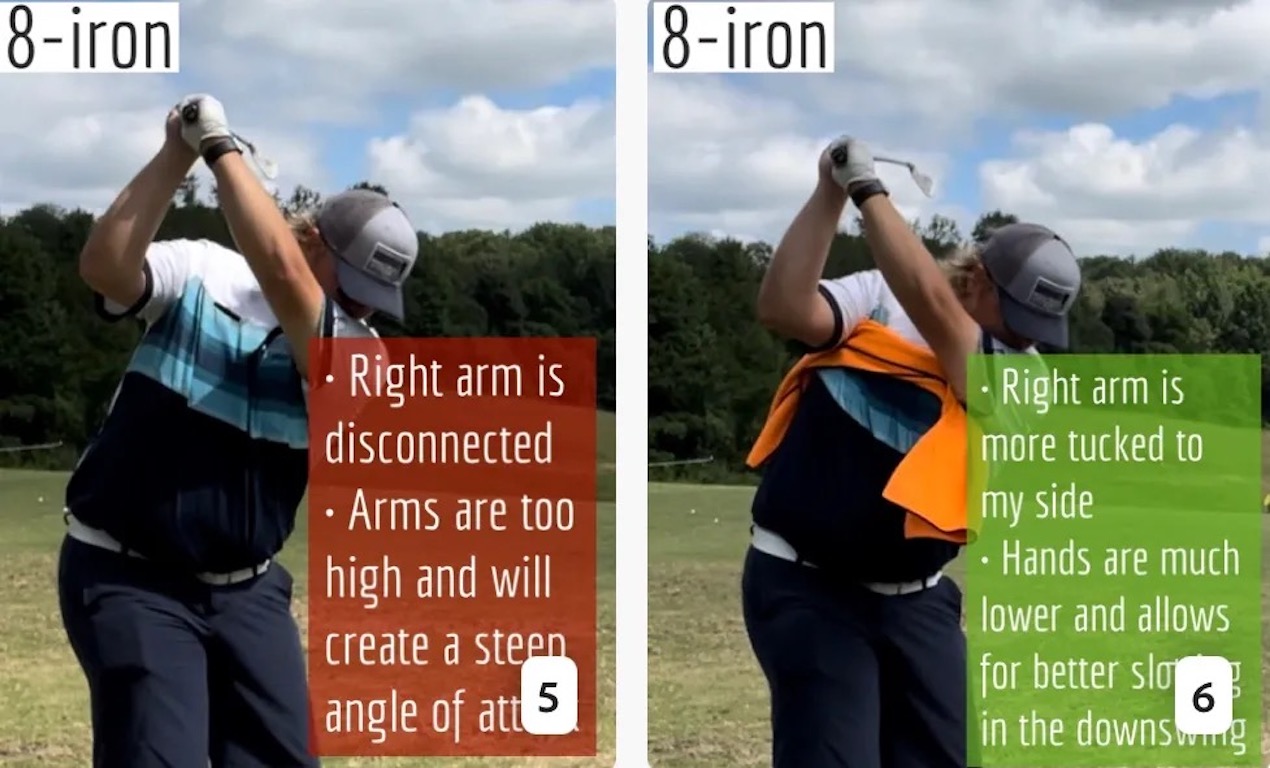
This is a classic drill that has been used for decades. However, the world of marketed training aids has grown so much during that time that this simple practice has been virtually forgotten. Because why teach people how to play golf using everyday items when you can create and sell a product that reinforces the same thing? Nevertheless, I am here to give you helpful advice without running to the nearest Edwin Watts or adding something to your Amazon cart.
For the “scoring clubs,” having a solid connection between the arms and body during the swing, especially through impact, is paramount to creating long-lasting consistency. And keeping that connection throughout the swing helps rotate the shoulders more to generate more power to help you hit it farther. So, how does this drill work, and what will your game benefit from it? Well, let’s get into it.
Setup
You can use this for basic chip shots up to complete swings. I use this with every club in my bag, up to a 9 or 8-iron. It’s natural to create incrementally more separation between the arms and body as you progress up the set. So doing this with a high iron or a wood is not recommended.
While you set up to hit a ball, simply tuck the towel underneath both armpits. The length of the towel will determine how tight it will be across your chest but don’t make it so loose that it gets in the way of your vision. After both sides are tucked, make some focused swings, keeping both arms firmly connected to the body during the backswing and follow through. (Note: It’s normal to lose connection on your lead arm during your finishing pose.) When you’re ready, put a ball in the way of those swings and get to work.
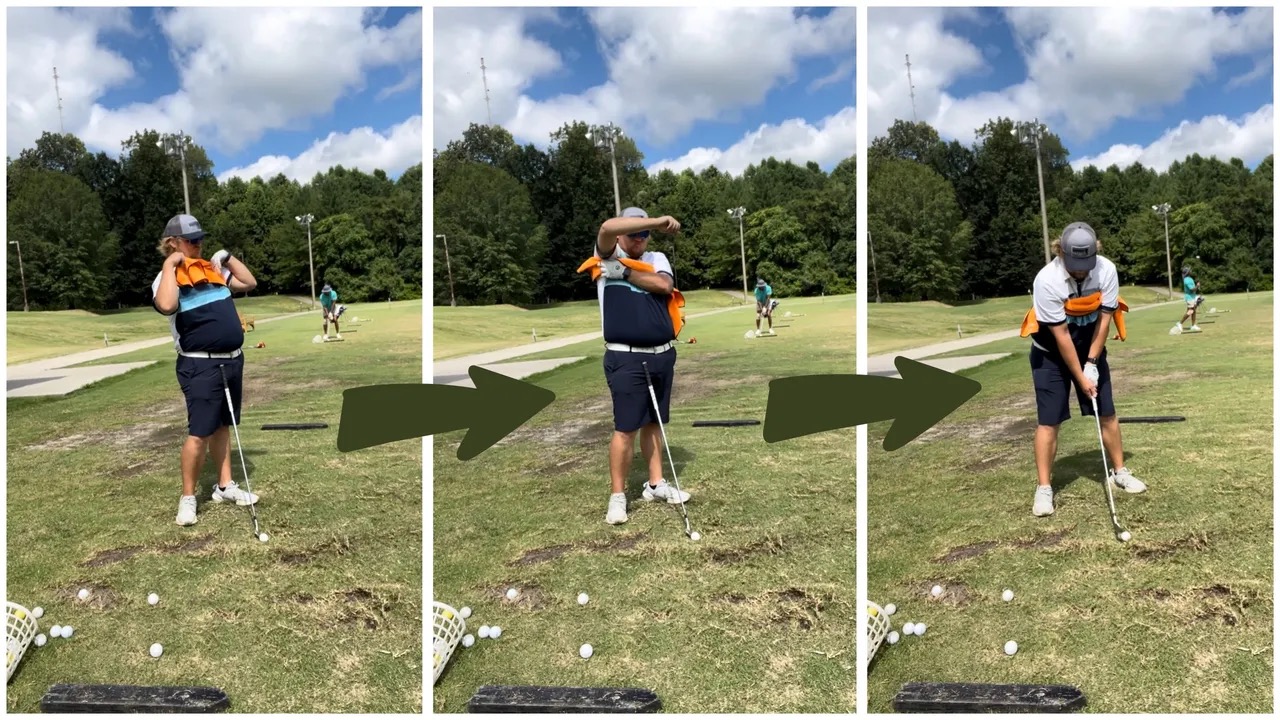
Get a Better Shoulder Turn
Many of us struggle to have proper shoulder rotation in our golf swing, especially during long layoffs. Making a swing that is all arms and no shoulders is a surefire way to have less control with wedges and less distance with full swings. Notice how I can get in a similar-looking position in both 60° wedge photos. However, one is weak and uncontrollable, while the other is strong and connected. One allows me to use my larger muscles to create my swing, and one doesn’t. The follow-through is another critical point where having a good connection, as well as solid shoulder rotation, is a must. This drill is great for those who tend to have a “chicken wing” form in their lead arm, which happens when it becomes separated from the body through impact.
In full swings, getting your shoulders to rotate in your golf swing is a great way to reinforce proper weight distribution. If your swing is all arms, it’s much harder to get your weight to naturally shift to the inside part of your trail foot in the backswing. Sure, you could make the mistake of “sliding” to get weight on your back foot, but that doesn’t fix the issue. You must turn into your trial leg to generate power. Additionally, look at the difference in separation between my hands and my head in the 8-iron examples. The green picture has more separation and has my hands lower. This will help me lessen my angle of attack and make it easier to hit the inside part of the golf ball, rather than the over-the-top move that the other picture produces.
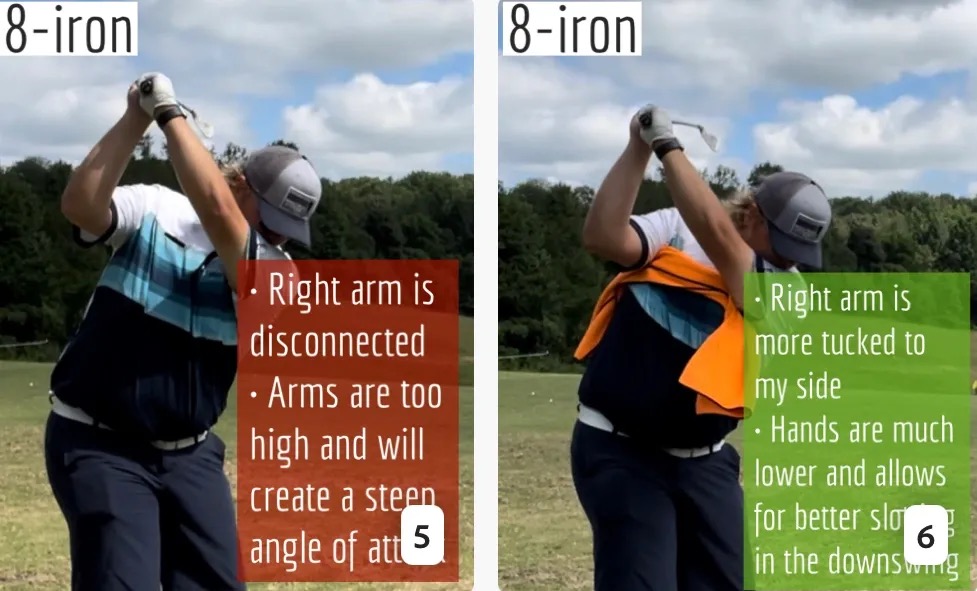
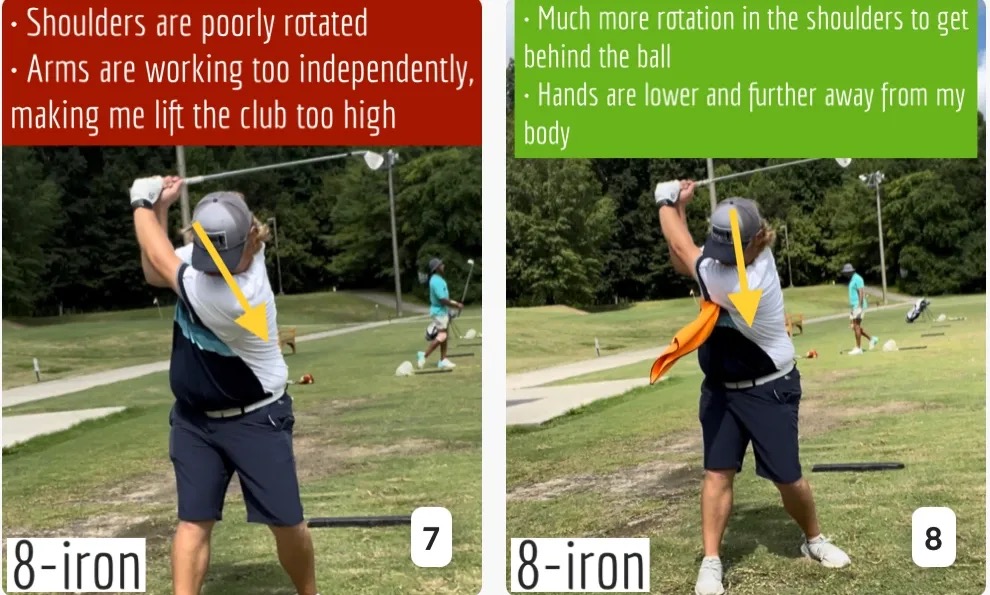
Stay Better Connected in the Backswing
When you don’t keep everything in your upper body working as one, getting to a good spot at the top of your swing is very hard to do. It would take impeccable timing along with great hand-eye coordination to hit quality shots with any sort of regularity if the arms are working separately from the body.
Notice in the red pictures of both my 60-degree wedge and 8-iron how high my hands are and the fact you can clearly see my shoulder through the gap in my arms. That has happened because the right arm, just above my elbow, has become totally disconnected from my body. That separation causes me to lift my hands as well as lose some of the extension in my left arm. This has been corrected in the green pictures by using this drill to reinforce that connection. It will also make you focus on keeping the lead arm close to your body as well. Because the moment either one loses that relationship, the towel falls.
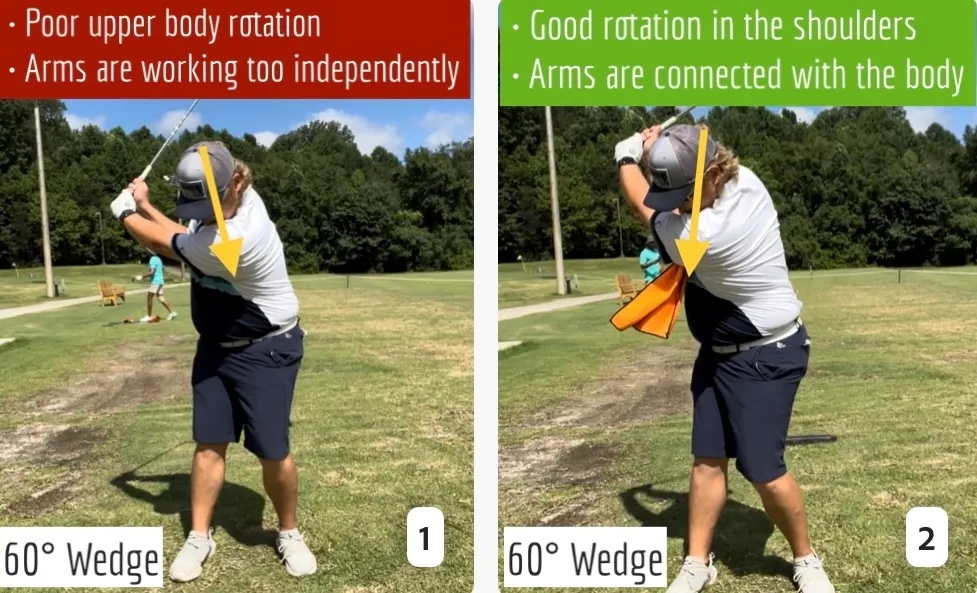
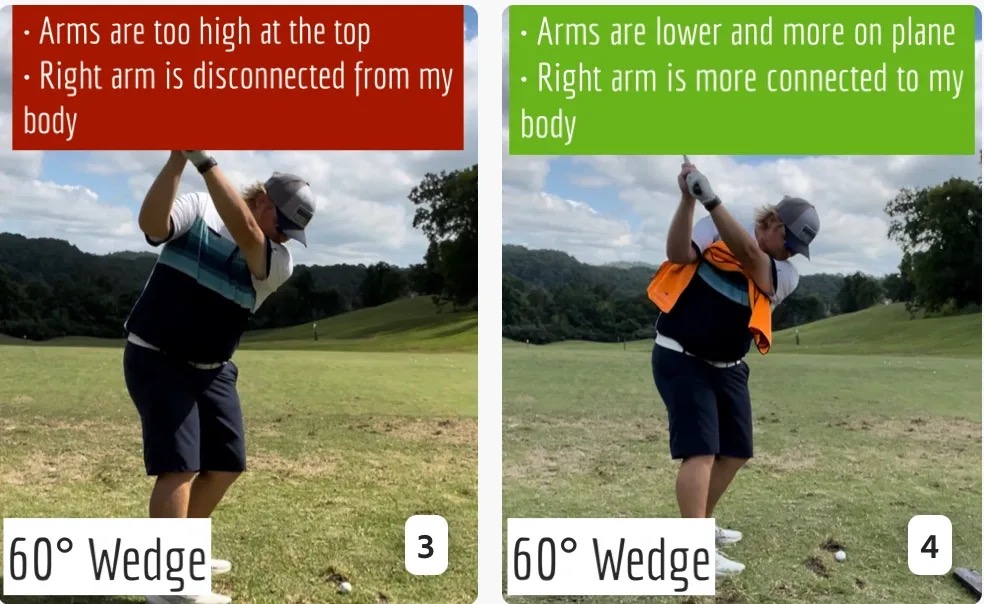
Conclusion
I have been diligent this year in finding a few drills that target some of the issues that plague my golf game; either by simply forgetting fundamental things or by coming to terms with the faults that have bitten me my whole career. I have found that having a few drills to fall back on to reinforce certain feelings helps me find my game a little easier, and the “towel drill” is most definitely one of them.
- LIKE12
- LEGIT2
- WOW2
- LOL0
- IDHT0
- FLOP2
- OB0
- SHANK8
-
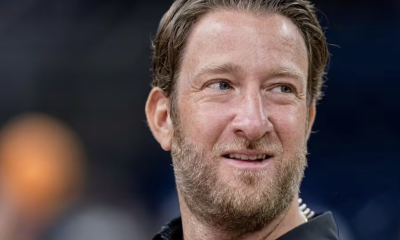
 19th Hole3 days ago
19th Hole3 days agoDave Portnoy places monstrous outright bet for the 2024 Masters
-
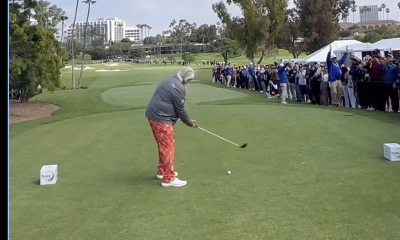
 19th Hole3 weeks ago
19th Hole3 weeks agoJohn Daly stuns fans into silence with brutal opening tee shot on PGA Tour Champions
-

 19th Hole2 weeks ago
19th Hole2 weeks agoThings got heated at the Houston Open between Tony Finau and Alejandro Tosti. Here’s why
-

 19th Hole4 days ago
19th Hole4 days agoTiger Woods arrives at 2024 Masters equipped with a putter that may surprise you
-

 19th Hole1 week ago
19th Hole1 week agoReport: Tiger Woods has ‘eliminated sex’ in preparation for the 2024 Masters
-
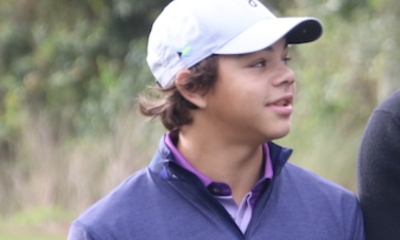
 19th Hole3 weeks ago
19th Hole3 weeks agoCharlie Woods finds it tough going on American Junior Golf Association debut
-

 19th Hole2 weeks ago
19th Hole2 weeks agoAddiction, spinal fusion, and scam artists – Everything Anthony Kim revealed in candid interview with David Feherty
-

 19th Hole1 week ago
19th Hole1 week agoAnthony Kim says doctors told him that he ‘may not have much time left’ ahead of LIV return
















